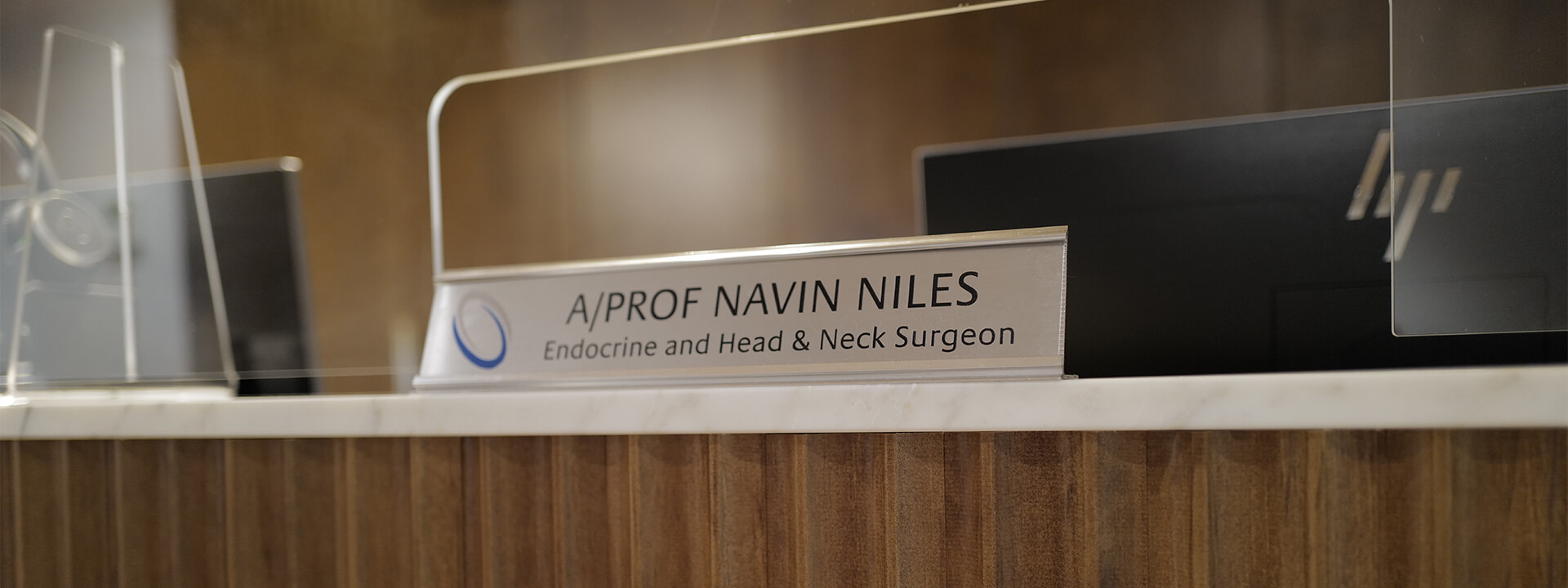Pleomorphic Adenoma: The Most Common Salivary Gland Tumour
Overview
Pleomorphic adenoma, also known as a benign mixed tumour, is the most common neoplasm of the salivary glands, accounting for approximately 60–70% of all parotid gland tumours. Though benign, it carries a risk of recurrence and malignant transformation if left untreated or inadequately excised.
Epidemiology
• Age group: Most commonly affects adults between 30 and 60 years of age.
• Sex: Slight female predominance.
• Site distribution:
– Parotid gland: ~80% of cases
– Submandibular gland: ~10%
– Minor salivary glands (especially palate): ~10%
Pathophysiology
The term pleomorphic refers to its mixed cellular composition. The tumour arises from myoepithelial and ductal epithelial cells, leading to a combination of epithelial elements forming ducts and acini, and mesenchymal-like stroma that can appear myxoid, chondroid, or even osseous. This dual differentiation gives the tumour its characteristic heterogeneity under the microscope.
Genetically, pleomorphic adenomas often demonstrate chromosomal rearrangements involving PLAG1 or HMGA2, which promote proliferation of epithelial and myoepithelial components.
Clinical Features
• Slow-growing, painless mass: The hallmark presentation, typically over several years.
• Location: Usually in the parotid tail, presenting as a firm, mobile, non-tender lump.
• Facial nerve function: Preserved in benign cases; weakness suggests malignancy or deep lobe involvement.
• Intraoral lesions (palate, upper lip): Firm, lobulated, submucosal swellings that may cause difficulty with speech or swallowing.
Diagnosis
1. Clinical examination
Palpation reveals a firm, rubbery, well-circumscribed mass that moves freely over underlying structures.
2. Imaging
• Ultrasound: First-line modality; defines size, margins, and cystic areas.
• MRI: Preferred for parotid lesions; shows well-defined, lobulated margins and internal heterogeneity.
• CT: Useful for deep lobe or parapharyngeal extension.
3. Fine Needle Aspiration Cytology (FNAC)
A safe, minimally invasive diagnostic test. Cytology shows a mixture of epithelial and myxoid stromal elements, confirming the diagnosis in most cases.
Management
Surgical Excision
Definitive treatment is complete surgical removal with clear margins.
• Parotid gland: Superficial parotidectomy for superficial lobe tumours; total conservative parotidectomy for deep lobe lesions.
• Submandibular gland: Excision of the entire gland.
• Minor salivary glands: Wide local excision with margin of normal tissue.
Enucleation alone is contraindicated because the tumour’s pseudocapsule may contain microscopic extensions, leading to recurrence.
Prognosis and Complications
• Recurrence: 2–5% after proper excision; higher if capsule breached or tumour spillage occurs.
• Malignant transformation: Occurs in ~5% of long-standing cases, forming carcinoma ex pleomorphic adenoma.
Warning signs include rapid enlargement, pain, facial nerve involvement, or fixation to surrounding tissues.
Histopathology
Microscopic examination reveals:
• Epithelial components: Ductal and acinar structures.
• Myoepithelial cells: Spindle, plasmacytoid, or clear cell morphology.
• Stromal components: Myxoid, cartilaginous, or fibrous matrix.
The diversity of tissue types gives rise to the term ‘mixed tumour.’
Key Takeaways
• Pleomorphic adenoma is a benign but potentially recurrent tumour.
• Complete surgical excision with intact capsule is essential.
• Long-term follow-up is necessary to detect recurrence or malignant change.
